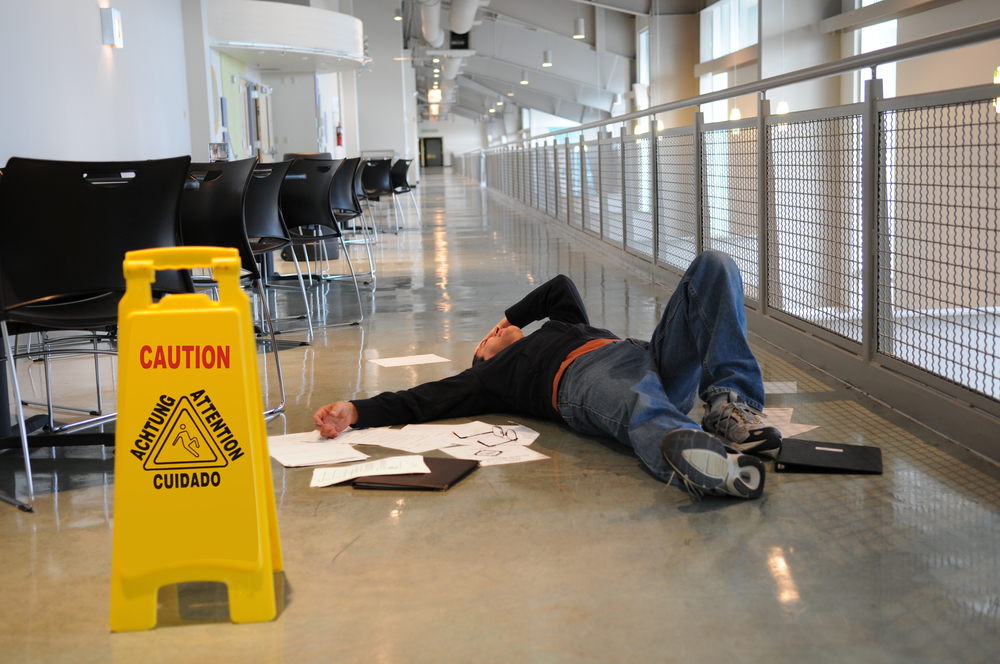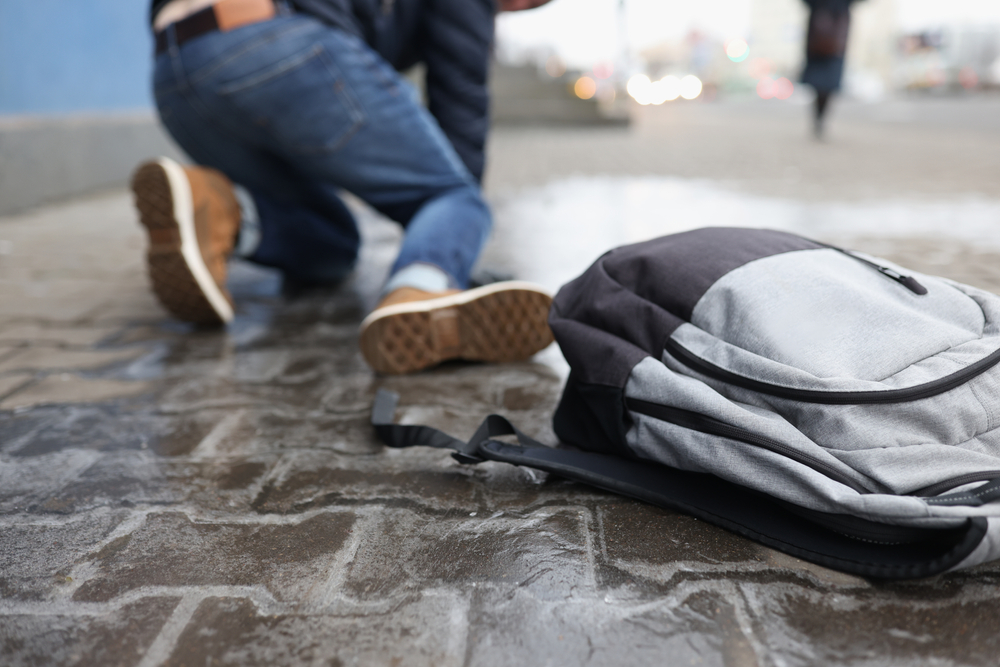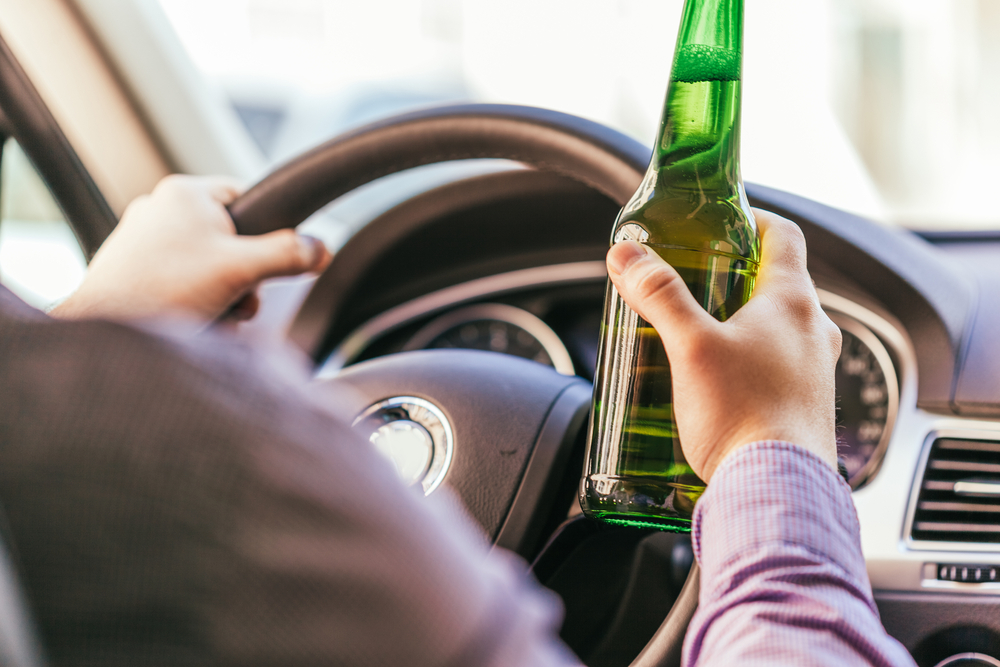What is the true effectiveness of seatbelts? For many years, we have heard government agencies and automakers tout the number of lives saved by seatbelts. But we have also heard about defective seatbelts and airbags that fail to protect drivers and their passengers. Laws in most states require the use of seatbelts, child seats, and more. Several types of vehicle safety equipment are now required in every car or truck that comes off an assembly line. Are they effective?

Statistics
From the time of their introduction, seatbelts have been improved, studied, and refined. Today, seatbelts are the most effective equipment for reducing fatality risk in a crash. Since 1975, an estimated 300,000 lives have been saved in the U.S. because seatbelts were in use at the time of an auto accident. We know more than this.
- Seatbelts are 45% to 60% effective in reducing the risk of death in a crash.
- People not using a seatbelt are 30 times more likely to be ejected from a vehicle in a crash.
- The national use rate of seatbelts in the US is 90.1%.
- Men are 10% less likely to use a seat belt than women.
- Adults aged 18-34 are less likely to use seatbelts than those over age 35.
- More than 90% of people killed in passenger vehicles were not using a seatbelt.
- In 2016, vehicle fatalities were highest among unrestrained occupants between the ages of 13 and 15.
- According to the NHTSA, seatbelts saved approximately 14,955 lives in 2017.
- Data from 2017 showed that use of seatbelts varied by vehicle type:
- 60% of pickup truck fatalities were not using a seatbelt.
- 53% of SUVs
- 42% of passenger cars
- 37% of vans.
Insights into The Effectiveness of Seatbelts
The IIHS reported last year that when no seatbelt is used, the effectiveness of airbags is 14%; when the airbag is used in conjunction with seatbelts, the effectiveness is 11%. The force of airbag deployment can cause serious injury or death if seatbelts are not also in use.
- Not wearing a seatbelt can result in ejection from a vehicle in a crash, which causes death in most cases.
- Using a seatbelt in the front seat of a passenger car can reduce your risk of fatal injury by 45% and of moderate to critical injury by 50%.
- Using a seatbelt in a light truck can reduce your risk of fatal injury by 60% and of moderate to critical injury by 65%.
- Many people are reluctant to use seatbelts because they fear being trapped by a seatbelt in a fire or when under water. These events account for less than 1% of all crashes. The NHTSA reminds us that “you can’t escape such dangers unless you’re conscious. Wearing a seatbelt gives you a much greater chance of being conscious and able-bodied.”
The seatbelts that we take for granted and often ignore are the most effective safety device in your vehicle. Many first responders will eagerly tell you that they have never cut a dead person out of a seatbelt. The decision to use or not use a seatbelt is yours alone. The effectiveness of seatbelts to save lives in crashes is clear.
Call Altizer Law, P.C.
If you or a loved one has been injured in a crash due to the negligence or wrongdoing of another driver, and through no fault of your own, you may be entitled to receive financial compensation for your hurts and harms. Our unique blend of compassion and fierce legal representation has helped many people claim the full compensation to which they were entitled. Bettina Altizer and our team of experienced experts are ready to help you get the compensation you deserve. At Altizer Law, We know it’s about the money, and we’re here to help.












